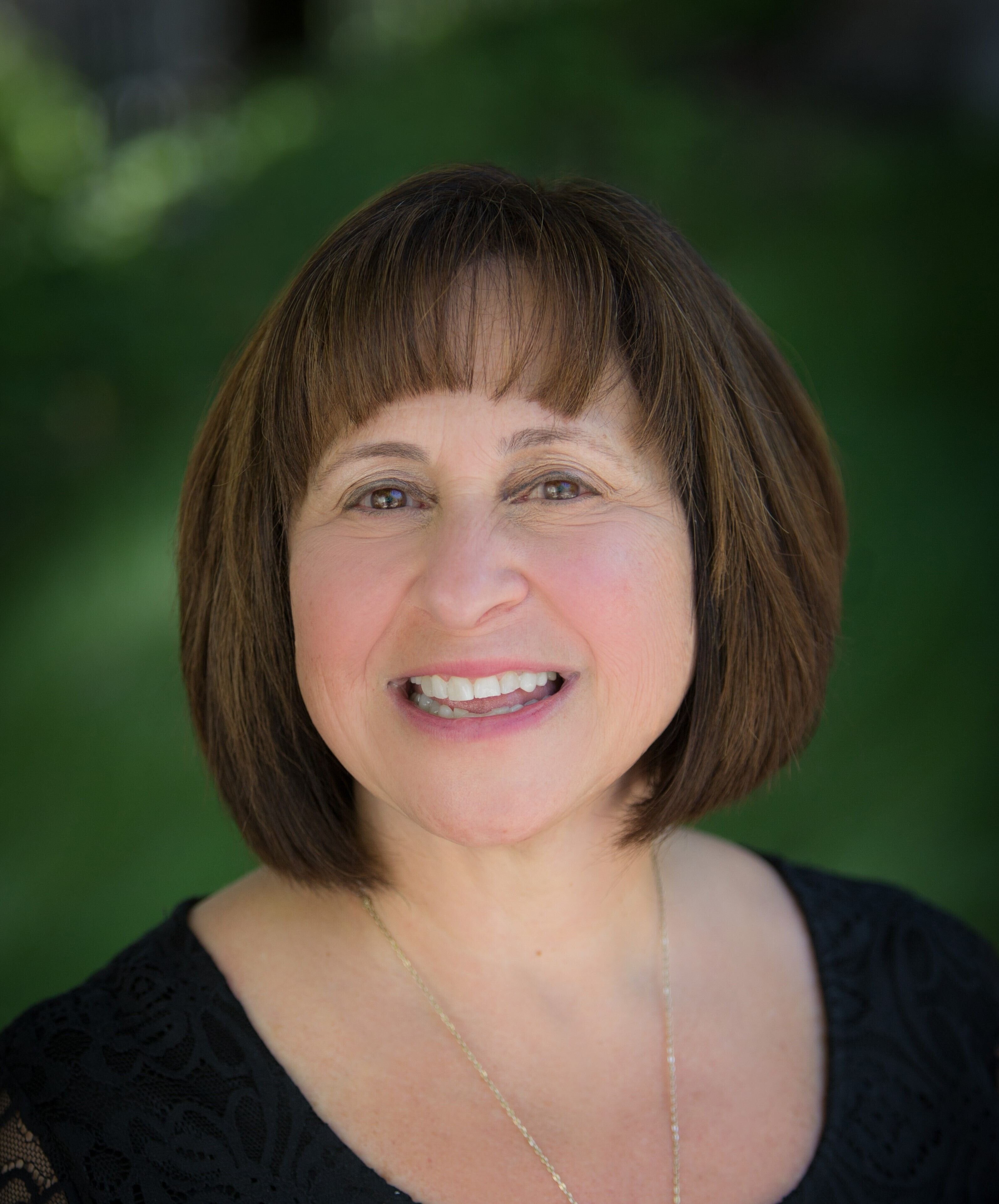This week’s Torah portion, Beha’alotecha calls our attention to many themes and ideas from the period of the Israelites’ wandering through the desert. Amidst the complex and detailed narrative is one short passage has captured my attention this year:
"….there was Miriam stricken with snow-white scales. When Aaron turned toward Miriam, he saw that she was stricken with scales. And Aaron said to Moses, 'O my lord, account not to us the sin which we committed in our folly. Let her not be as one dead'…So Moses cried out to the Lord, saying, 'El na refa na la - O God, pray heal her!'" (Numbers 12:10-13)
In the blink of an eye, Moses’ sister, Miriam, is stricken with disease. It is in this moment that Moses, the same man whom we are told suffers from a speech impediment, calls out with clear, concise and articulate words of prayer – El na refa na la – O God, pray heal her.
Five words - so clear on one hand; yet, on another, words that over the centuries have inspired many different commentaries. Just prior to this incident, Miriam and Aaron speak harshly of Moses behind his back. They talk about how he married a Kushite woman. They complain that Moses is treated differently even though they are all three important players in the narrative. With this back story, the editors of the Etz Hayyim Torah commentary explain that the short, terse words demonstrate Moses’ true ambivalence in praying for his sister: “Moses is caught in a dilemma. On the one hand, Miriam had spoken openly against him and deserved to be punished. On the other hand, as his sister, she evoked his compassion. The result is this terse prayer ("O God, pray heal her"). Its brevity seems to reveal Moses' lack of enthusiasm and minimal compliance with Aaron's plea.” (Etz Hayim, p. 825)
Much as I admire my teachers who were involved in the editing of our modern Torah commentary, I am saddened that they chose only to share this one interpretation, ignoring many earlier commentators that might better explain the relationship between Moses and Miriam, the experience of learning of the illness of a loved one, and the reasons these five words have inspired so many different musical compositions added to traditional liturgy.
Twelfth century Spanish commentator, Abraham Ibn Ezra points out that Moses cries out to God in pain(Va’itzak) using the same verb that in other instances highlight visceral pain and raw emotion.
Rashi tells us that the formulation shows how Moses is asking God to say if indeed God is going to heal Miriam or not (and how this is a similar literary construct to several other biblical examples in which Moses is asking God to say if God is going to respond as Moses wants.) Furthermore, Rashi explains that Moses’ prayer was only five words so that Israel would not wonder why Moses was praying so long when his sister is in trouble and needs him nor would they find concern in the length of his prayer for her versus his prayer for all the people. As a result, says Rashi, Moses kept it short.
Another Spanish commentator, Rabbeinu Bachya, from a century behind Inb Ezra, teaches that the intention is to show that Moses’ prayer was not just one of or in his heart, but a prayer he articulates out loud with his mouth in keeping with the Talmudic ruling (Berachot 31a) that ‘when one prays, s/he must move the lips and enunciate the words of prayer. In other words, there is recognition that in moving the lips, we assume a certain shape in the atmosphere through the use of voice, breath, and articulation. As a result, we change the landing of the words in the celestial sphere and in how they land with God. It is through this type of prayer that Moses ultimately connects with and implores God to bring healing.
All of this leads to my own understanding that perhaps Moses’ words as the heart-wrenching prayer of a brother whose sister has just been stricken. In such a moment, it doesn’t matter that they were at odds or in a disagreement for their history has not always been one of abandonment nor of alienation. The words weren’t easy for Moses to find, the feelings were too complex to process in an instant, and the luxury of time to figure it out was not one he could afford. So, the prayer of his heart becomes the words on his lips and we are left wondering.
Any of us who have experienced the sudden illness or injury of a loved one knows that Moses is responding from a deep place of uncertainty, pain, searching and love. As bystanders and witnesses to the onset of suffering, we feel powerless, afraid (for ourselves and for the loved one), and we struggle to believe the news to be real; so, we call out in pain. If only, in the moment, there were some way to insure healing; so, we ask for it. If only, in the moment, we could find some way to help when we feel helpless; so we look to know we are actually doing something. If only, in the moment, we could find hope and inspiration; so, we beseech God to provide even as we know we may not be eliminate the illness itself. The primal call towards God becomes a cry, a hope, a plea. And, in doing, perhaps we understand that when a loved one is struggling or in pain so are we (even if it is a different pain). And, in naming it, we begin the journey to healing, however long a path it might be.
El Na Refa Na La – O God, pray heal her. And him. And, them. And, us.
Shabbat shalom.


 Download PDF
Download PDF